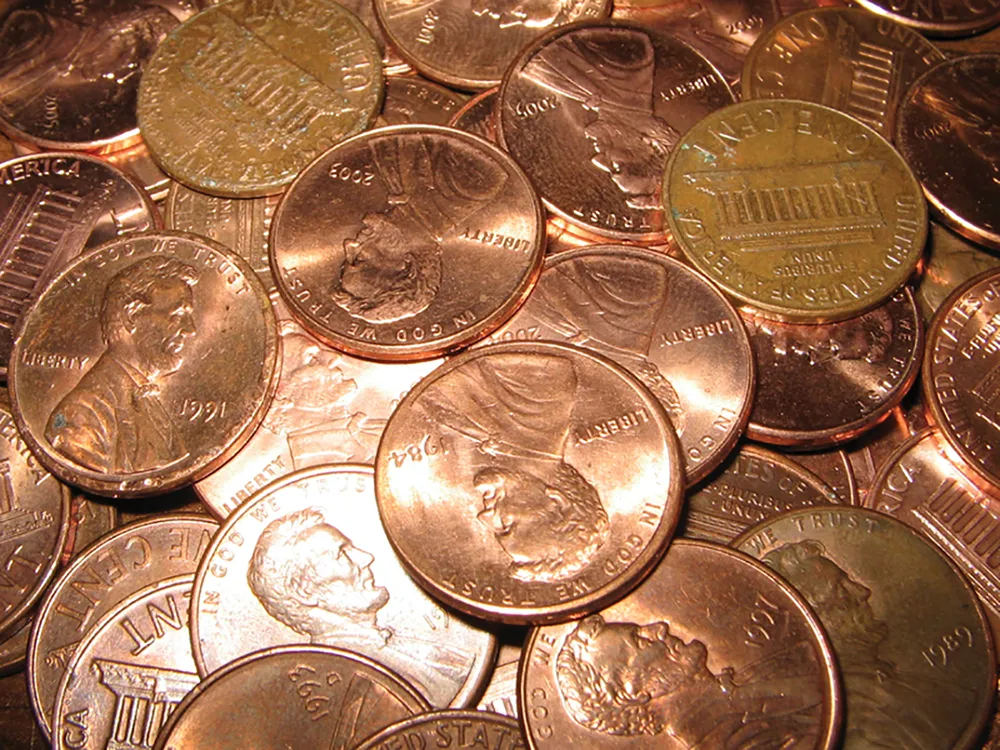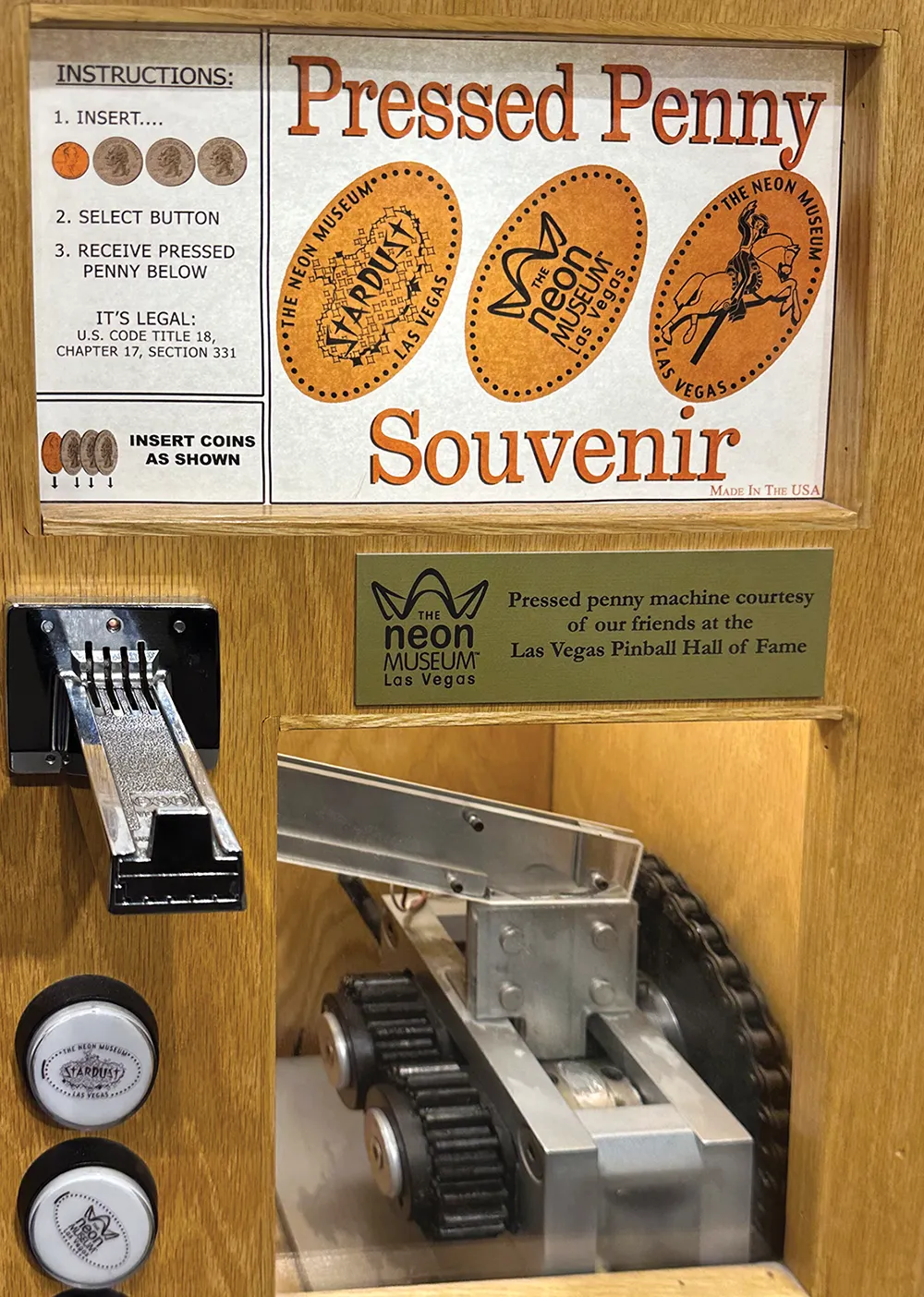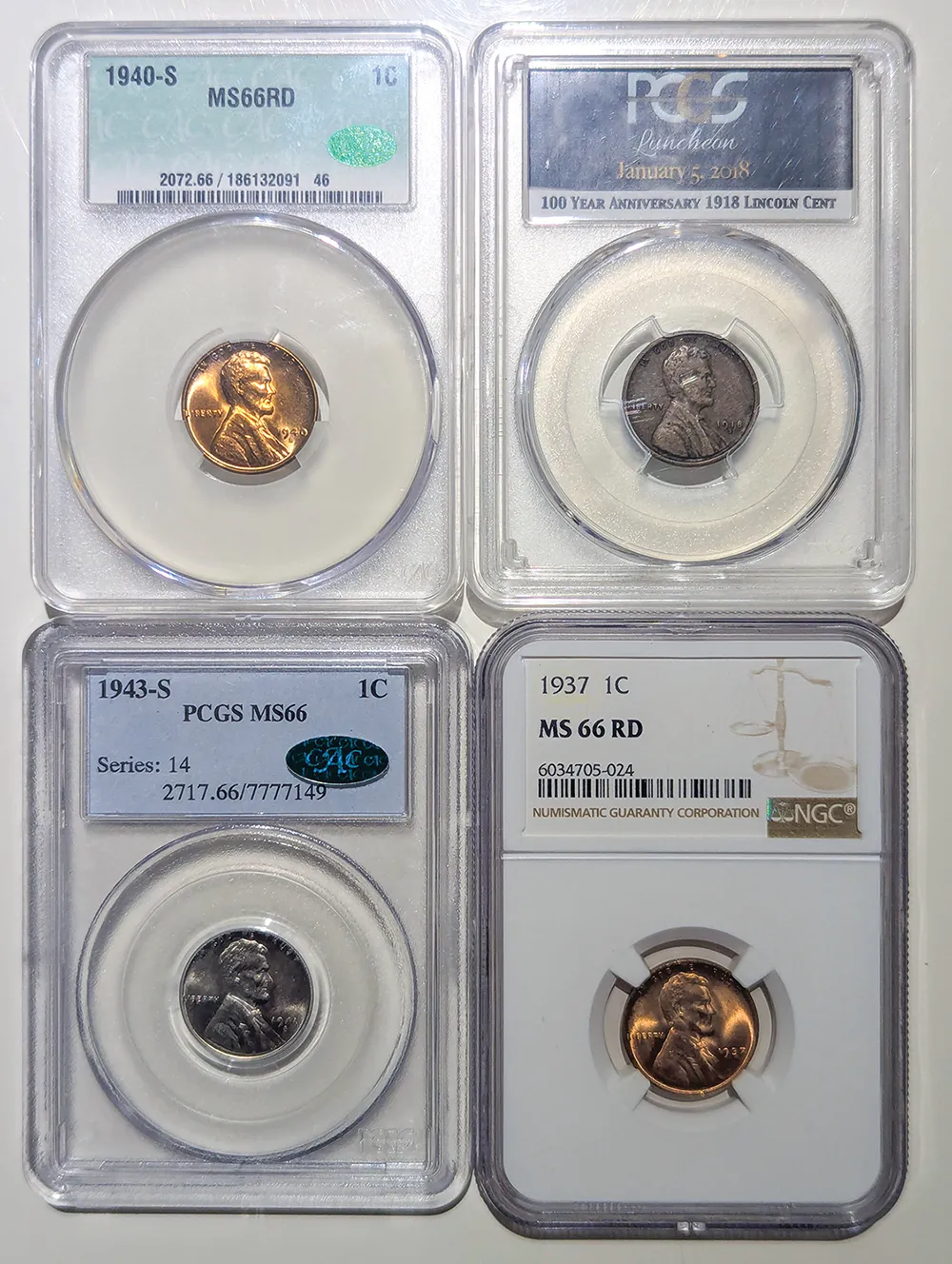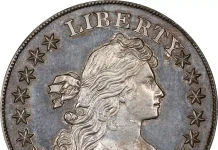
Retiring the Penny Could Save $1 Billion A Decade
With America getting into a cost-cutting mode, Senator Joni Ernst (R-Iowa) published her top suggestions for cutting waste, and the abolition of the penny made her list. Under the heading “Bad Pennies,” she stated the measure would save about $100 million per year, as each one-cent coin costs three cents to make, and the government makes billions of them each year.
More than a decade ago, I wrote an article in a popular monthly magazine making the same point about tossing the cent, or penny, as it is commonly known. I also made this the subject of my talk at the American Numismatic Association’s World’s Fair of Money in Chicago at that time. I reminded readers and listeners that we were long overdue in following the lead of many other countries that successfully eliminated their lowest-denomination paper money and coins. I reminded them that Canada stopped minting pennies in 2012 and said that we need to do this, too. As an aside, Finland, the Netherlands, Sweden, Australia and New Zealand have also eliminated the penny.
United States Retires Obsolete Coins
America has a long history of cutting its lower-denomination coins. We used to have half-cent, two-cent, three-cent and twenty-cent coins. If you have those coins, they likely have numismatic or collector value. The penny made sense when it was first struck in 1793, but not now, 232 years later.
Since 1982, Lincoln cents have been made from 97.5% zinc and 2.5% copper. The cost of zinc is up 35% in the past year, from $2,300 per metric ton to $3,100 per metric ton. So it’s no wonder the zinc lobby is the most powerful force behind continued penny production. But I hope that the new Department of Government Efficiency (DOGE) under President Donald Trump will be able to ignore the lobbyists and work directly with Congress to win the fight to abolish the penny.
According to the Mint, in 2023, the cost to make, administer and distribute the penny grew by 13%, to 3.07 cents from 2.72 cents in 2022—and we make billions each year. In 2022, 6.3 billion cents were struck. At $2.72 each, the cost was $171.36 million, for a net loss of over $108 million, and pennies made up nearly half (46.7%) of the Mint’s total coin production in 2022. In 2023, there were fewer pennies struck, but the cost per unit rose to 3.07 cents: The 4.5 billion cents minted in 2023 were the fewest minted since the 4.0 billion in 2010. At 3.07 cents per unit (2.07 cents lost per unit), the net loss was about $93 million. In 2024, the cent production was lower, but the unit cost was much higher due to the soaring cost of zinc.
Ending the penny would also drastically reduce the number of employees needed at U.S. Mint locations, saving tens of millions of dollars into perpetuity on salaries and benefits.
Let’s assume that production of the U.S. cent results in an average loss of about $100 million per year, amounting to $1 billion wasted per decade.
Fighting to Eliminate the Cent
Many politicians have tried to retire the penny without success. In 2013, President Barack Obama suggested retiring the penny but wasn’t able to. “It’s very hard to get rid of things that don’t work,” he remarked at the time.
Former Mint Directors also tried, including members of both political parties. Democrat Philip N. Diehl, the 35th director of the U.S. Mint, who served from 1994 to 2000, said: “At the policy level, I think everybody agrees this is ridiculous,” speaking about the manufacture of money-losing pennies. And Republican Edmond Moy, the Mint’s 38th director, serving from 2006 to 2011, said, “I went to Congress saying ‘I’m losing $90 million a year on pennies. You guys need to pass a law forcing me to change it.’”
Later on, Tom Jurkowsky, a retired Navy Rear Admiral who became the director of corporate communications for the U.S. Mint from 2009 to 2017 stated: “How silly it is how much money it costs to produce pennies.” Jurkowsky also noted that Artazn, the company the Treasury has contracted to manufacture zinc blanks for over 40 years, has been lobbying against any efforts for penny reform. Since it would take an act of Congress to halt penny production, these bills have all died in Congress—so far—but perhaps the time for change is here.
There are pros to keeping the penny
One argument for keeping the penny is reverence for Abraham Lincoln, but fear not for Honest Abe, whose face would remain on a larger canvas, the $5 bill. And we will all save the wasted labor and time customers and cashiers spend to count out pennies.
Another argument for the penny is that charities would use penny accumulation drives to raise money, but that practice has diminished through the years.
The zinc lobbying group Americans for Common Cents claims their polling shows about two-thirds of Americans want to keep the penny because they are concerned that “rounding” might be used by merchants to raise prices. However, this appears to be a case of how the question is asked.
The American term for the one-cent coin is cent, while penny is of British origin.”
Based in Greenville, Tenn., Artazn proclaims itself as the largest North American producer of solid zinc-strip and zinc-based products and one of the largest in the world. In reviewing records from the Federal Election Commission, multiple employees at the company have provided financial support to various politicians over the years, primarily to Democrats. Another group, Americans for Common Cents, is funded by Artazn, according to a New York Times article revealing the financial intricacies of supposedly saving the penny. But the article points out that the Common Cents group consists of just one person—a Washington-based lobbyist named Mark Weller—and a website.
The Times also reported that based on records from OpenSecrets.org, Artazn has spent about $3 million on coin-related lobbying since 2006. My own research, based on the USAspending.gov website and the current government contract Artazn has with the U.S. Department of the Treasury, shows it has received between $4 million and $5 million per month from taxpayers in 2024. In 2023, Artazn is reported to have received over $51 million in taxpayer funds from its Treasury contract.
Some university economists, such as Raymond Lombra from Penn State and Robert Whaples from Wake Forest, have arrived at opposite conclusions on the effects of rounding, with Whaples, like me, advocating for the elimination of the penny for more than a decade. Other countries, such as Canada, have used rounding for over a decade and their citizens have accepted rounding as fair. Besides, we mostly use credit or debit cards. Only 18% of transactions are made with cash, and if the penny is discontinued, the ones that you currently have will not be demonetized and will still be redeemable at banks and other institutions.
Some Questions for the Penny Police
Some penny collectors and dealers may complain, but there would likely be a benefit to collectors by ending the penny coin series. It is likely that The Elongated Collectors (TEC), a non-profit numismatic organization founded in 1966 to celebrate the rolling and smashing of pennies to feature unique designs, artistry and inspiring statements, would object in principle to the change. However, many diehard elongated penny collectors search for pre-1982 copper pennies over the newer zinc pennies because the earlier coins produce better imagery when stretched and pressed.
When an artist dies, often his or her work becomes more valuable. When an author dies, sometimes his or her books sell better. Maybe that will happen with the value of the penny. But what will happen to all those “penny-pinching” phrases that have crept into our language?
Will the late actress Penny Marshall, who was actually named after the penny, and basketball player Penny Hardaway gain more fame? And with inflation running rampant these days, must we upgrade other penny-weight phrases, too? Will “penny wise and pound foolish” become “quarter wise and dollar foolish”? Will “penny-pinching” become “paper pinching”?
The American term for the one-cent coin is cent, while penny is of British origin. So this list would make more sense if it contained the word “cents” instead of “pennies.” But ever since the first cent was minted in 1793, Americans called them pennies, largely because of the British influence. So it makes sense to go with pennies today. But it might also make sense to go without pennies today.
Mike Fuljenz,
president of Universal Coin & Bullion in Beaumont, Texas, is a leading coin expert and market analyst whose insightful writing and consumer advocacy have earned major honors from the ANA, PNG, NLG and the Press Club of Southeast Texas. McNeese State University awarded him an honorary doctorate of humane letters in 2015. His website is
www.universalcoin.com.















